Religious festivals with centuries-old traditions and customs take place throughout the year in Greece and Orthodox Easter is one of the greatest such celebrations.
Greeks follow the Holy Week rites in commemoration of the Passion of Christ and celebrate His Resurrection on Easter Sunday. Let’s find out about some of these age-old traditions.
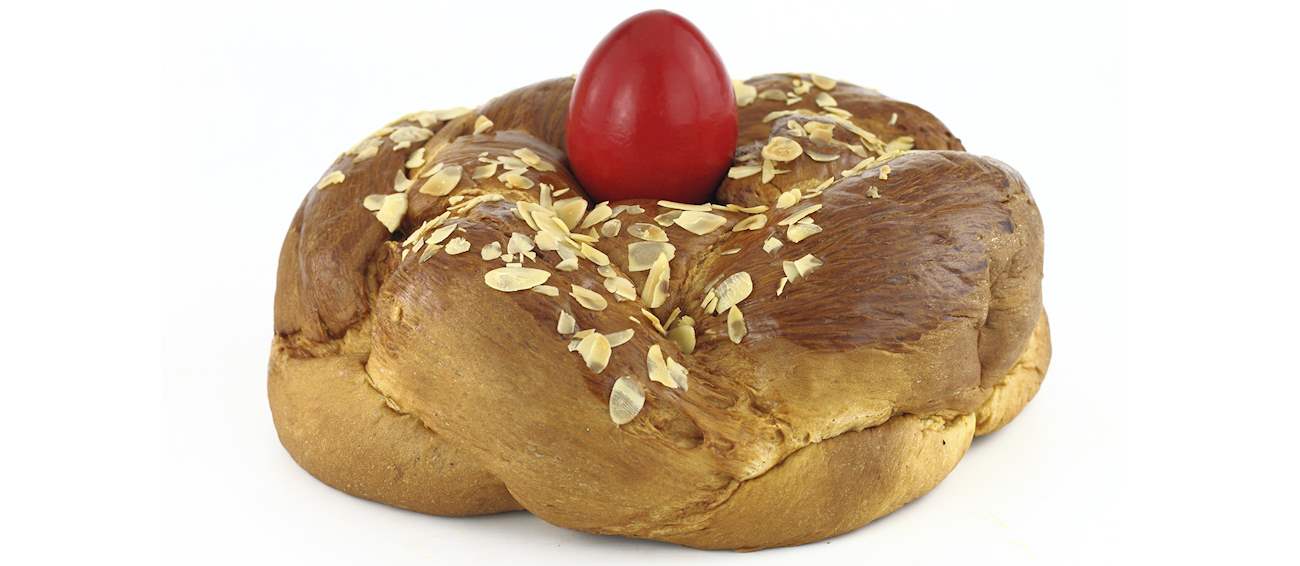
During the Holy Week, the churches’ chandeliers and icon screens are dressed in purple ribbons, enhancing in this way the atmosphere of mourning for the coming crucifixion and burial of Jesus Christ. On Maundy Thursday, Greek home ovens get very busy as traditional tsoureki (a type of fragrant Easter brioche) is baked, along with lamprokouloura (Easter cookies). Eggs are immersed in red dye – the red colour symbolising the joy for Nature’s rebirth and the spiritual regeneration that comes with the Resurrection of Jesus.
On Good Friday in churches Epitaphios (a wooden canopied bier representing the tomb of Christ) is covered with flowers of various colors. At the end of the evening service a procession takes place headed by Epitaphios, the priests and acolytes. People follow along the streets of cities, towns and villages listening to psalms being chanted.
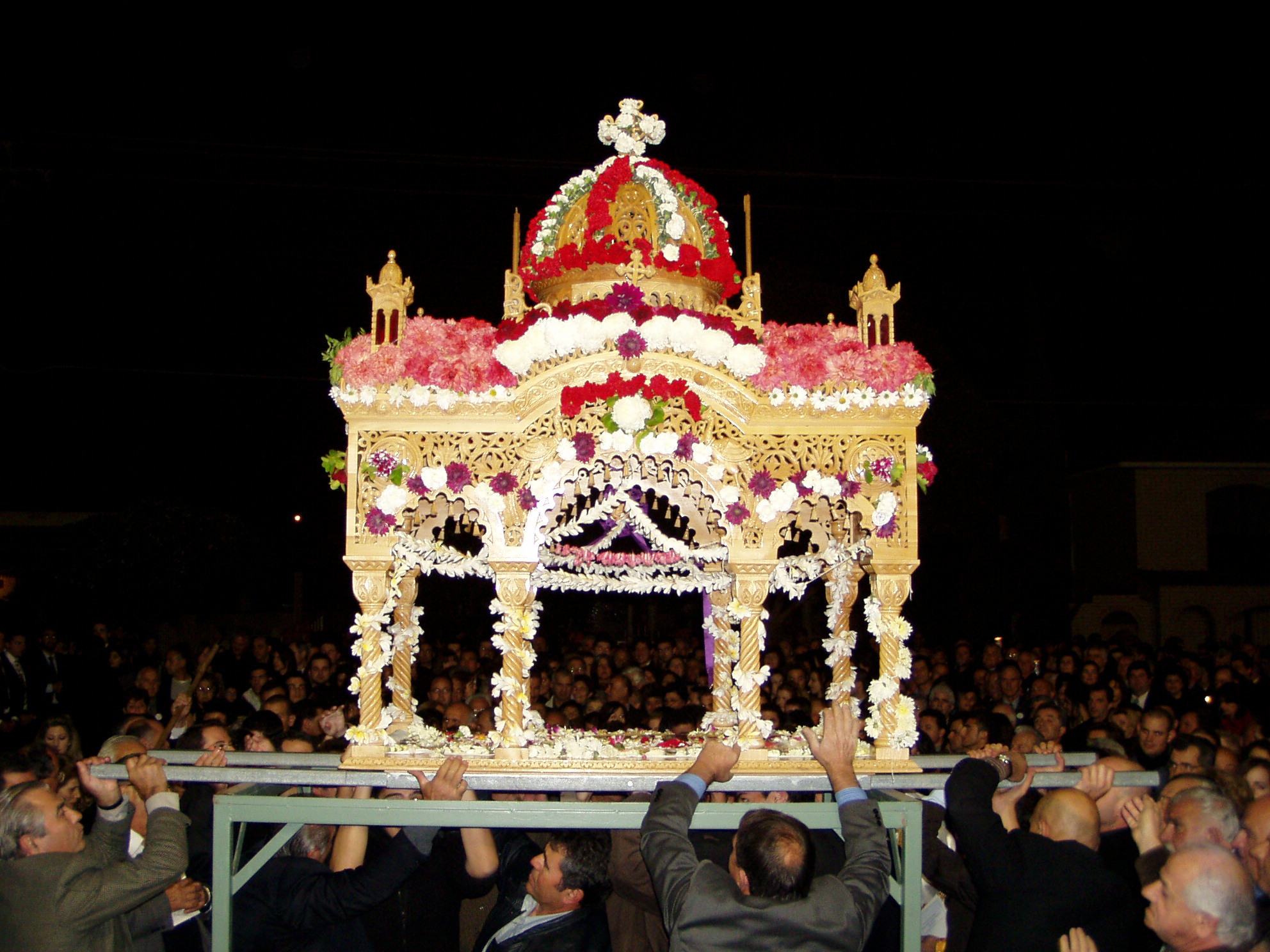
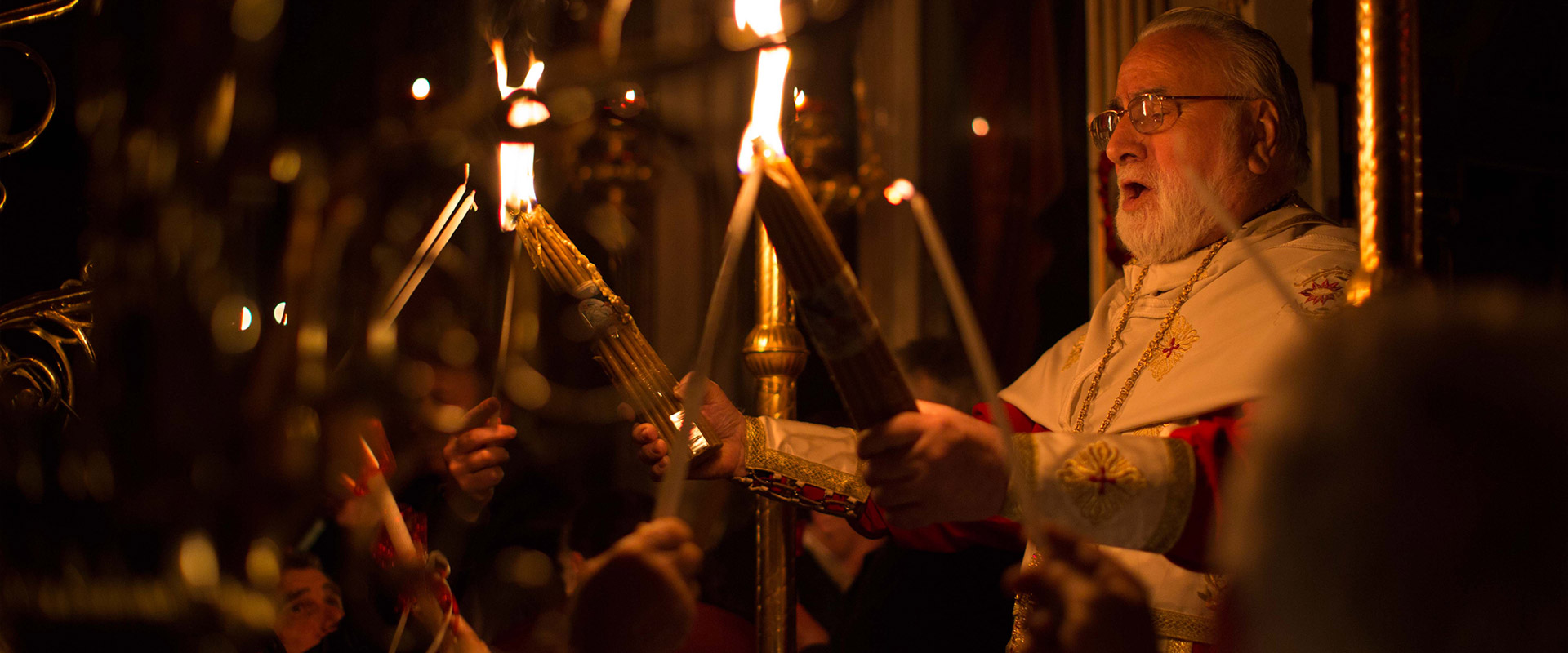
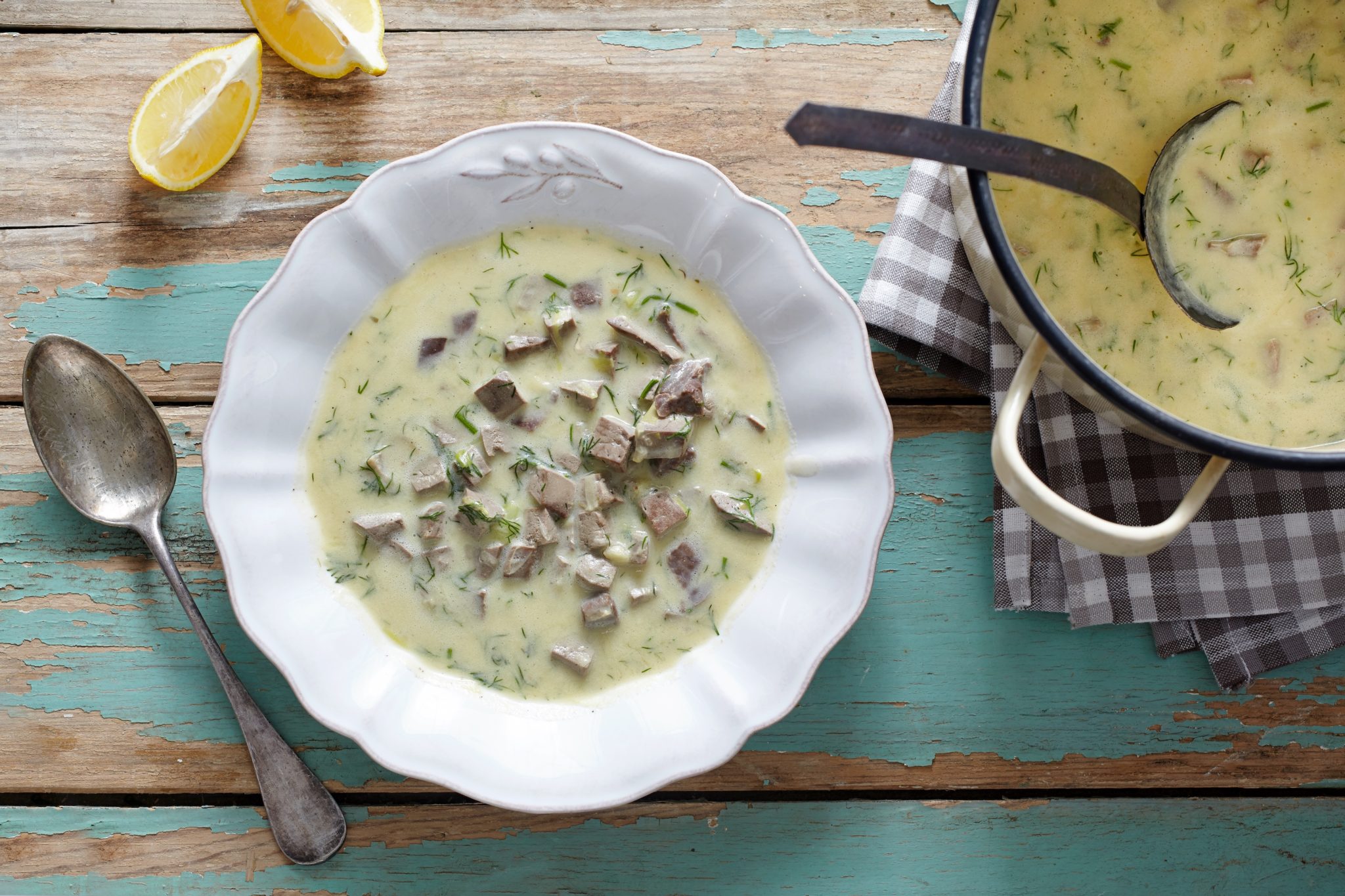
On Holy Saturday morning, preparations start for the festive dinner that is served after the Resurrection Midnight Mass. Mageiritsa soup is a traditional dish prepared in most Greek houses (made with chopped offal and herbs). Before midnight, people gather in church holding white candles, which they light with the “Holy Light” offered by the priest. The Resurrection of Christ is celebrated at Midnight with drum beats and fireworks lighting the skies as the church bells peal out and the hymn ‘Christos Anesti’ (Christ is Risen) is chanted by everybody. Then people return home to gather round the festive table; they each hold a red egg and crack it with the person next to them exclaiming at the same time Christos Anesti. The winner is the one whose egg has remained intact!
On Easter Sunday morning, in many parts of the country lamb is skewered and cooked over charcoal. In other regions, the meat for the Easter table – lamb or kid – is roasted in the oven. The atmosphere is festive and people listen and dance to folk music! So, if you’re invited to join a Greek Easter table, don’t miss this experience for anything in the world.

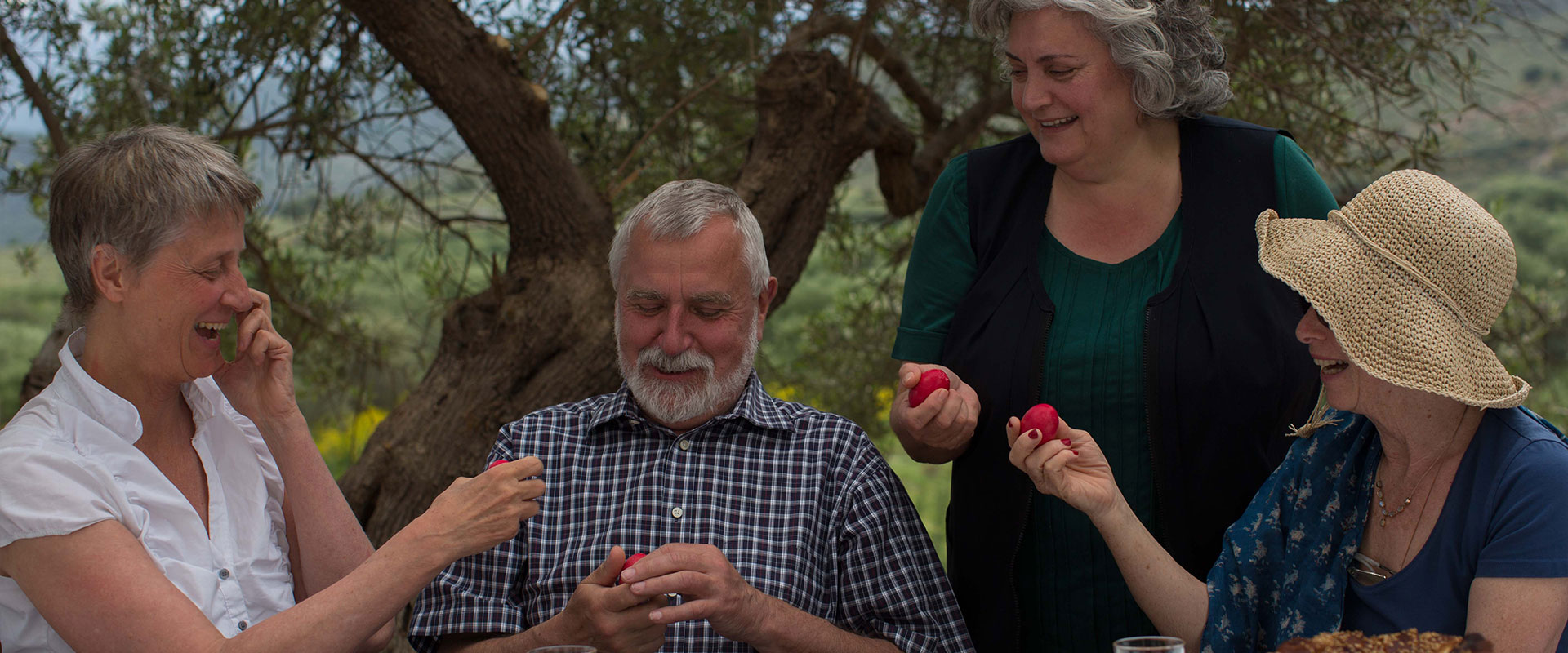
Leave A Comment
You must be logged in to post a comment.